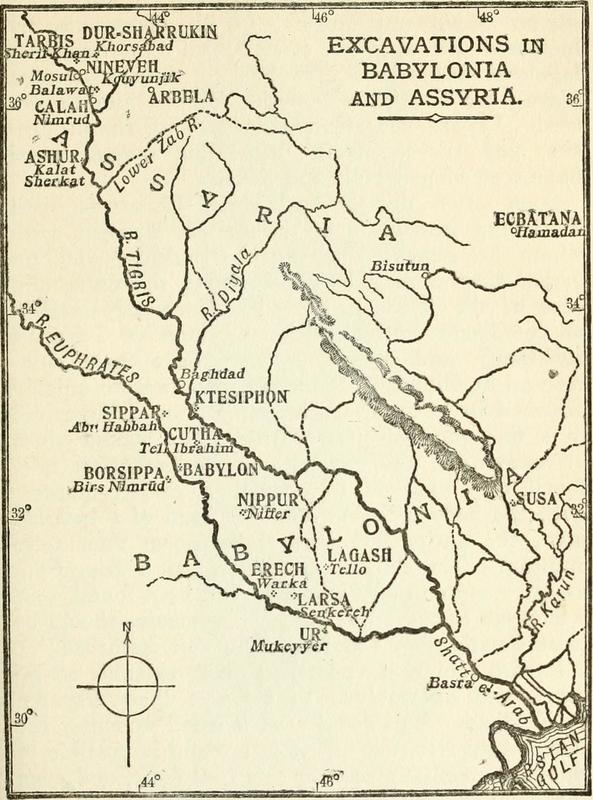The Arts of an Ancient Empire
But we must not forget the wide-spread amazement that greeted the revelation of the Assyrian world over a hundred years ago when, in February 1847, those human-headed bulls ‘whose ice-cold eyes had gazed on Nineveh’ were unloaded from a Seine barge in Paris. There is a strangely evocative power in the names of certain ancient cities, and Nineveh is one of these. Though less well known, the name of Assur is little less potent, for Assur was the cradle of a great race which has left an indelible mark on history and by methods of the utmost ruthlessness succeeded in establishing Assyrian dominion throughout the Middle East. (Parrot 1961, 13-14)
In the thirteenth century B.C the Assyrians, who by no means were considered newcomers to the land of Mesopotamia began their reign. In the time of the Assyrians, the empire ruled for approximately 19 centuries with one hundred and sixteen kings holding the throne of Assur, and with it, the rise and fall of a great forgotten nation. Parts of modern-day Iraq, Syria and Turkey were considered parts of the ancient Assyrian empire, and at the height of their power ruled over the northern parts of Mesopotamia. The Assyrians established great cities known as the capital of Nineveh and Assur, even extending to parts of modern-day Iran, Israel, Lebanon, and Egypt.
The Assyrians, who inhabited the land between and around the Tigris and Euphrates rivers took over the culture in Ancient Mesopotamia, with no means to modify but rather preserve and transmit it. Assyria influenced greatly the culture within the empire and at the decline of it, the neighbouring Babylonian empire during the late 7th century B.C., conquered the land. Regardless, the two nations influenced and shaped an entire aspect of culture within empires and the means for artistic expression flourished. Like their Sumerians predecessors, the Assyrians and Babylonians took great interest in expanding the culture of the nations through means of literature, mythology, science, music: just to name a few. Thus, the start of an artistically rich empire began, that ultimately shaped entire civilizations through the united love of artistic expression. From the cuneiform tablets excavated from the ancient city of Uruk to the reliefs of Royal Lion Hunts of Ashurbanipal, the significance of Assyrian art and Assyria as an artistic superpower presents that the proof of its greatness is in the artifacts.
